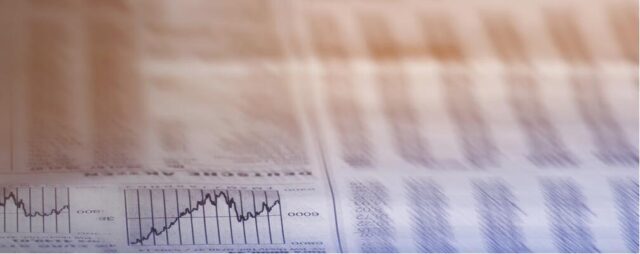According to abbreviationfinder, the name DAX stands for “Deutscher Aktien Index”. As the name suggests, the DAX is the most important share index in Germany. It reflects the development of the 30 largest companies with the highest turnover that are listed on the Frankfurt Stock Exchange. The DAX thus also allows conclusions to be drawn about the current economic situation in Germany. There are also many other indices for German stock corporations, such as the ÖkoDAX or the TecDAX.
- On July 1, 1988, the German stock index was published for the first time by the German stock exchange.
- Since its introduction, the DAX has increased its value sharply, but there have also been price drops again and again.
- Some companies have been able to hold their own in the DAX since its introduction. These include Allianz, BASF, Daimler-Benz, Henkel and Siemens.
The history of the DAX
On July 1, 1988, the German stock index was published for the first time by the German stock exchange. It started at 1,163.52 points. Its inventor was Frank Mella, an editor of the Börsen-Zeitung at the time. In order to show the historical development of the DAX, he calculated the value back to 1959 on a daily basis. The index base is 1,000 points. The price of the DAX is calculated according to the well-known index formula from Étienne Laspeyres. The DAX companies are weighted differently and only the market capitalization of the shares that are in free float counts. If a shareholder holds more than five percent of all shares in a company, these do not count towards the free float. The DAX is recalculated daily at the start of trading at 9:00 a.m. and with the closing auction at 5:30 p.m.
Since its introduction, the DAX has increased its value sharply, but there have also been price drops again and again. In 1998 the DAX closed above the 5,000 point mark for the first time. In March 2000 the index reached an all-time high of 8,064 points. Three years later, the burst dot-com bubble brought a significant price slump – the DAX lost over 70 percent of its value and fell to 2,202 points. The price then recovered and rose again to over the 8,000 point mark by 2007. Since the beginning of the international financial crisis in autumn 2008, the DAX has seen many ups and downs. In 2011 alone it fluctuated between 5,000 and 7,500 points. In the following years it increased again. On June 5, 2014, the DAX broke the 10,000 point mark for the first time in trading.
The DAX companies – come and go
Some companies have been able to hold their own in the DAX since its introduction. These include Allianz, BASF, Daimler-Benz, Henkel and Siemens. In order for a company to be listed in the DAX, it must meet several criteria. Among other things, it must be listed in the legally regulated “Prime Standard” stock exchange segment. This segment has the highest transparency standards on the Frankfurt Stock Exchange. The company’s shares must also be continuously traded in the Xetra electronic trading system and have a free float of ten percent. The registered office of the company or the trading focus of the shares must be in Germany.
The 30 companies with the highest turnover that meet the above requirements are listed in the DAX. There are certain rules according to which the DAX is adjusted every September. Then, for example, DAX companies whose sales have fallen are removed from the index. Other companies are moving in for this. In addition to this fixed date, there are also exceptions, the so-called fast exit and fast entry rules. If necessary, these are used in March, June and December. The DAX is also updated extraordinarily in the event of bankruptcies or takeovers.
Little and big siblings of the DAX
Every country around the world has its own stock index with a stock exchange. In the USA, for example, this is the Dow Jones and in China, the SSE Composite sets the tone. The 50 largest companies in the world are also listed in the Dow Jones Global Titans and the largest stock corporations in the euro zone are listed in the EURO STOXX 50. In Germany there are also indices for smaller companies in various industries. For example, companies from the renewable energies sector have been listed in the ÖkoDAX since 2007. The TecDAX has been listing the most successful technology companies in Germany since 2003.
